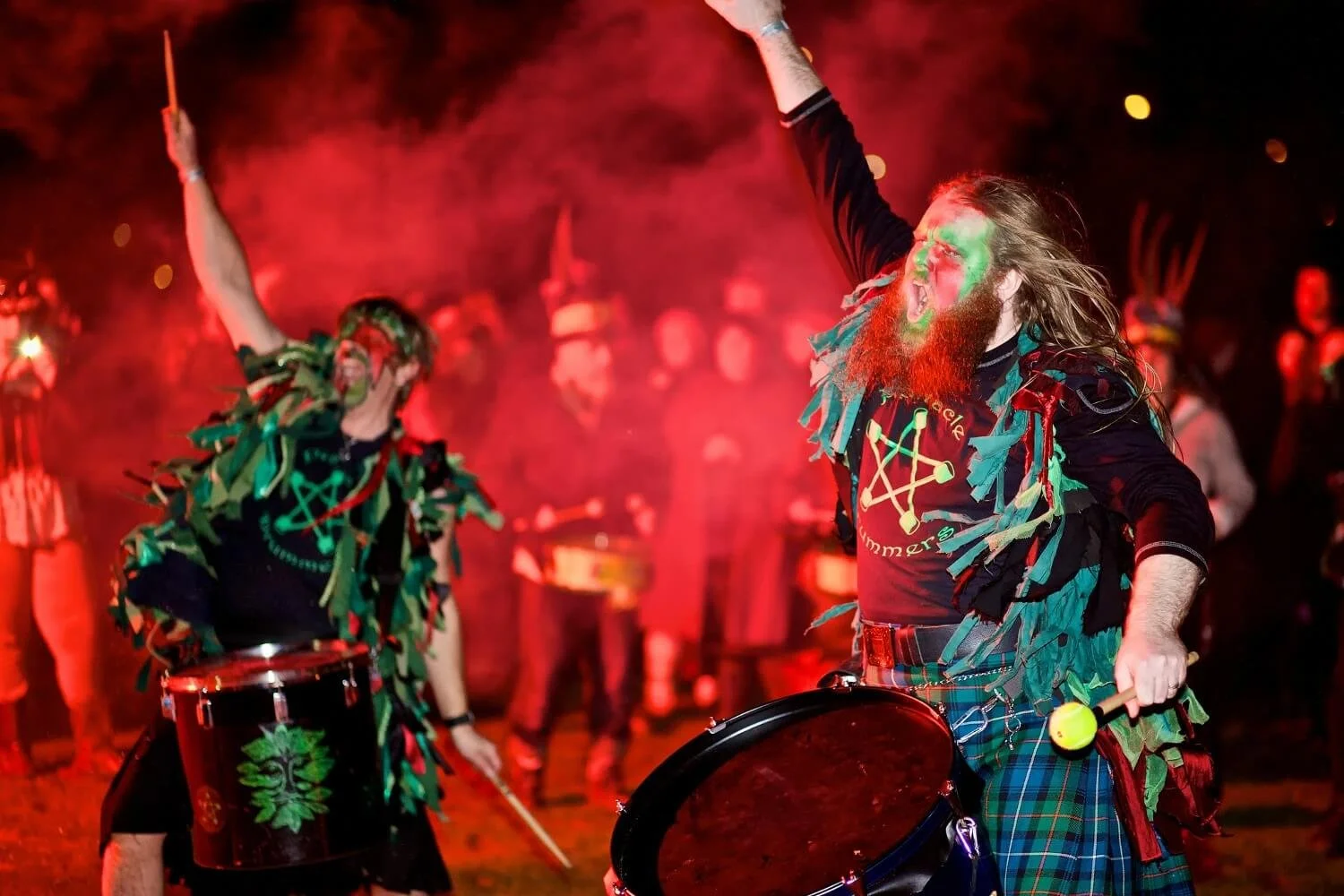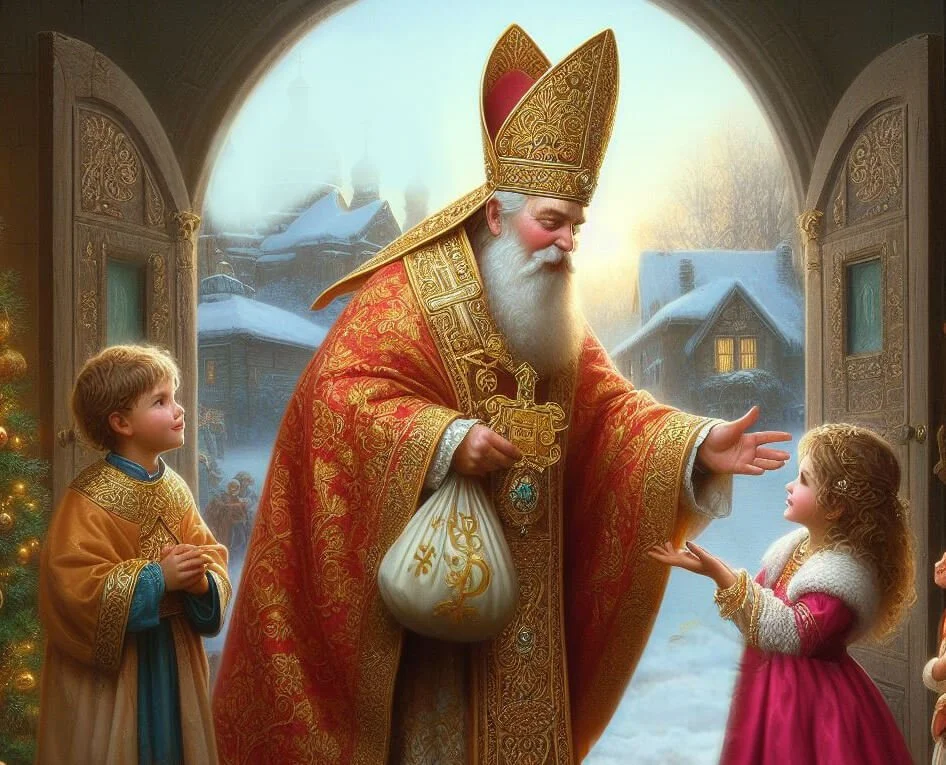Christmas Customs
The most widely commemorated date throughout the lands of Christendom is December 25, on which the followers of Jesus Christ, the Savior of mankind, celebrate his birth. This almost universal celebration is carried on, too, and will probably continue to be carried on indefinitely in future years, notwithstanding the pretty generally accepted fact, now confirmed by revelation, that Jesus was not born on that day, nor even in that month.
The celebration as we have it today is a combination of Christian worship and the pagan celebration of the winter solstice. The 21st of December is the shortest day of the year. From that time the sun recommences its upward course, announcing that midwinter is passed and spring and summer are approaching.
The Romans celebrated this change, under the title of “Saturnalia,” by universal license and merrymaking. This Roman “festival of Saturn” is really the celebration which was adopted by the early Christians and is now known as Christmas. With it have been accepted also ancient customs and superstitions from other nations.
For example, the mistletoe bough is a remnant of an old ceremonial rite performed annually by the Druids, by whom the mistletoe was not only held in reverence but also believed to possess wondrous curative powers. The ceremony consisted in the people’s marching to the forest and gathering around the oak on which the mistletoe grew. The chief Druid clothed in white, climbed the tree and with a golden knife cut the plant; another priest standing with outstretched mantle caught it as it fell. Two white bulls brought for the purpose, and sometimes human beings as well, were then sacrificed as a propitiation to the savage god of the Druids.
The mistletoe cut by the priest was afterwards divided into small portions and distributed among the people, who hung the sprays over their doors to please and to protect their deities during the winter.
The custom of burning the yule log has been transmitted from Scandinavian ancestors who kindled huge fires to their god Thor.
The origin of the Christmas tree is not definitely known, but it is believed to have come down to us from the Roman “Saturnalia,” having been carried into Germany by the legions of Drusus, whose great exploits established Roman supremacy in Germany about 15 B.C. Thus we see that even the Christmas tree with its glittering pendants and pretty toys antedates the birth of the Savior.
Good old St. Nicholas or “Santa Claus,” as the American first christened him, was a real person who lived in Russia about the time that Diocletian was persecuting the early Christians. It is probable that St. Nicholas was imprisoned by this cruel emperor.
St. Nicholas had the true spirit of Christmas and went about giving comfort to the people and making children happy. He gave gifts but concealed the identity of the giver. It is a glorious thing to have old St. Nicholas in our hearts and in our homes today, whether he enters the latter through the open door or creeps down the chimney on Christmas Eve. To bring happiness to others without seeking personal honor or praise by publishing it is a most commendable virtue.
Festivity and gaiety, the elements in the Roman “Saturnalia,” are still features of Christmas; but the dominating spirit of pagan license has been supplanted by the noble impulse and desire to give joy and blessing. The mistletoe bough still hangs in our houses, but the heathen superstitions of sacrificing animals and men to propitiate angry gods has been supplanted by the realization of the significance of Christ’s great sacrifice. The yule-log fire that formerly burned out old wrongs and consumed bitter feuds, now glows in the grates of loving homes, where hearts beat in thanksgiving and praise for the sacredness of home ties that bind the family circle. Glittering ornaments and brilliant decorations are still hung upon the Christmas tree, but no images of Bacchus hang thereon, and jolly hymns in which “They praised the god of wine, Whose earthen image adorned the pine” are replaced by the heavenly anthem, “Glory to God in the highest, and on earth peace, good will toward men.” (Luke 2:14.)
Good St. Nicholas has long since gone the way of all mortals, but the joy he experienced in doing kindly deeds is now shared by millions who are learning that true happiness comes only by making others happy — the practical application of the Savior’s doctrine of losing one’s life to gain it. In short, the Christmas spirit is the Christ spirit, that makes our hearts glow in brotherly love and friendship and prompts us to kind deeds of service.
It is the spirit of the gospel of Jesus Christ, obedience to which will bring “peace on earth,” because it means — good will toward all men.
(David O. McKay, MS 85:808-809 (1923); quoted in Gospel Ideals, pp. 549-551)


